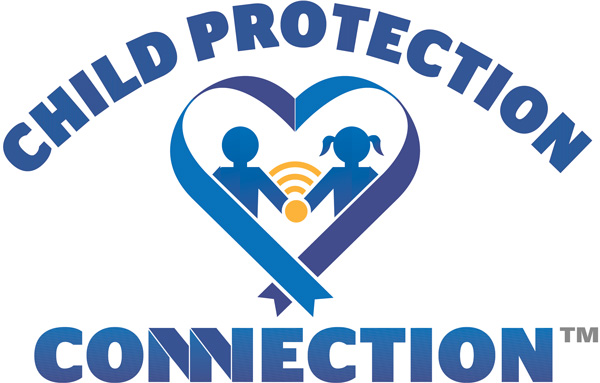
OUR WORK
The Child Protection Connection's® Online Center model enables judges, attorneys, and other professionals to improve the lives of abused and at-risk children. These online centers offer legal resources, training, and opportunities for collaboration and advocacy that can serve as catalysts for systemic change to positively impact the lives of abused and at-risk children in every state. The Connection's online system serves as a one-stop center that connects judges, attorneys, and other professionals to resources, research, colleagues, experts, mentors, pro bono opportunities and help, alerts on latest developments, and training — 24/7 — and fosters development of collaborative online communities. Each unique Online Center uses award-winning methods to support a living, breathing, network of professionals who collaborate, mentor, and share resources to protect abused and at-risk children in the court system.
The Connection's model can be adapted to serve any legal needs of children, including abused and neglected children, child victims of human trafficking, victims of domestic violence, youth in the juvenile justice system, and unaccompanied immigrant children, just to name a few. The Connection's Online Center can be used in all court systems where professionals need to be connected to improve case and life outcomes for abused and at-risk children who would otherwise fall through cracks in the system. The Connection provides the model while each state determines the content and which professionals are served. To learn about The Connection's history, click here.
For example, in child welfare cases, the most important decisions about an abused or neglected child's future are made in court; however, such crucial decisions - hampered by limited resources and inadequate legal representation - often result in devastating consequences for the child. Too often, children are returned to abusive homes or are subjected to unnecessarily long, unstable, and traumatic experiences in foster care, leaving them disconnected, alone, and unprepared for adulthood. Many of these children end up homeless, in the criminal justice system, or as continual victims of crime. Despite the efforts of professionals working tirelessly within these systems - the systems fail these professionals just as often as they do the children trapped in them. Through the Child Protection Connection's® online centers, professionals across a state can share expertise and use an in-depth and comprehensive resource and communication center to improve case outcomes for all abused and at-risk children despite the lack of court funding and available resources and training. The Connection's model allows professionals to collaborate locally, regionally, and statewide to address systemic failures and bring about change at any and all levels.
HOW DO THESE SYSTEMS FAIL ABUSED & AT-RISK CHILDREN?
- Constitutional rights of children are violated.
- Unique needs of each child go unaddressed.
- Children are placed at higher risk due to overwhelmed courts and inadequate legal representation.
- Children cross over court systems with new legal issues and more trauma.
- Children face irreparable harm from the systems designed to protect them.
- Traumatized children are misdiagnosed and subjected to misuse/overuse of psychotropic medication.
HOW DO THESE SYSTEMS FAIL THE CHILDREN'S JUDGES & ATTORNEYS?
- Judges face overwhelming dockets.
- Judges lack the funding necessary to appoint attorneys and maintain case oversight.
- Judges lack access to available community resources to meet childrens'/parents' needs.
- Attorneys lack an adequate budget for case preparation.
- Access to comprehensive training is limited.
- Solo practitioners lack a support system and mentors.
- Misguided policies and laws hinder attorneys from getting the best outcomes for children.
HOW DOES THE CONNECTION HELP PREVENT THESE SYSTEMIC PROBLEMS?
- Maximizes expertise and resources across the state.
- Saves time and enhances judicial decision-making.
- Improves the quality of legal representation and outcomes.
- Builds collaborative communities to solve problems.
- Breaks down silos across systems and disciplines.
- Mobilizes professionals to change policies and laws to serve the best interests of children.
- Expedites improved outcomes for abused and at-risk children.
